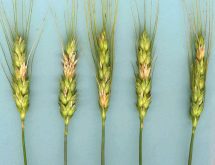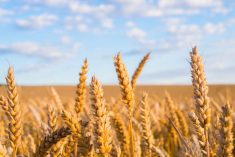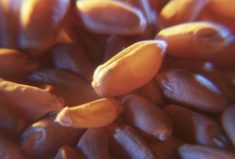Japanese demand for U.S. corn may drop three to seven per cent and demand for soybeans could dip eight per cent after last week’s earthquake and tsunami damaged or destroyed ports, feed mills and meat-processing facilities, a top U.S. commodities analyst said March 14.
Corn imports by the top U.S. corn buyer could drop by 500,000 to one million tonnes while soybean imports by Japan, the No. 3 market for U.S. soybeans, may decline by 250,000 tonnes, said Dan Basse, analyst with AgResource Co.
Japan’s wheat imports are expected to remain stable as most of the wheat it buys is for milling, not animal feed.
Read Also

VIDEO: PhiBer drone carrier wins ag tech innovation award
PhiBer Manufacturing’s Dash Carrier trailer can land, recharge and refill four drones. The Manitoba company won the ag tech innovation at Ag in Motion 2025.
Japan imports about 15 million tonnes of corn and roughly three million tonnes each of soybeans and wheat every year, U.S. Agriculture Department data shows.
No grain shipments have been cancelled or diverted to other destinations yet, but some ships destined for hard-hit northern Japan will likely be diverted to other Japanese ports, Basse said.
The impact of the disaster on Japan’s grain demand is difficult to gauge because information is still coming in about the extent of damage to livestock and aquaculture infrastructure.
“There will be some disruption here for a couple of weeks,” Basse said.
“I’m hearing the livestock population wasn’t really harmed. But what do we do with them now? How do we get feed to them and how do we get them to market? How do we cool the beef or pork or whatever is produced? Those are the really big issues that will determine grain demand.”
Some 17 per cent of Japan’s animal feed-manufacturing facilities are in northern Japan and many have been severely damaged by the quake, feed industry sources in Japan said on March 14.


















